The wood of fruit trees is not only valued for smoking meat or fish. The color, the design, the fine fiber make the wood of the trees to produce outstanding projects, very appreciated. This is also the case with apple wood. It is not a species cultivated for wood, which is why it is rarely found in carpentry. It is highly prized by carpenters, who are delighted when they manage to get their hands on a larger piece that can be used for more special furniture. And because it's so highly prized I decided to complete the series Wood species dedicating an article to apple wood.
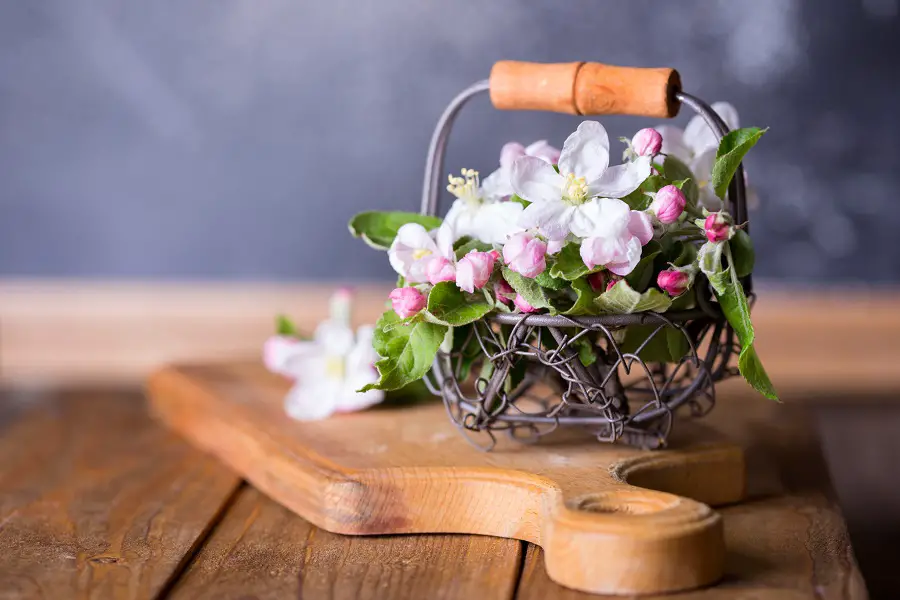
Apple, fruit tree
The apple's scientific name is Malus spp (Malus domestica, Malus comunis, Malus sylvestris, Malus pumila, etc.)It is believed to have originated in the area from the Caucasus, Lower and Central Asia to Pakistan and western China. Over 25 species of apple grow wild in this area. The first cultivated varieties emerged through natural hybridization of these varieties. There is documentary evidence that apples were cultivated in the Roman Empire as early as 6000 years ago.
The apple is part of the Rosaceae. There are very many cultivated varieties that are adapted so that they do not grow very large but give a high apple yield. However, there are also wild or orchard-grown apple trees that can reach up to 10-12 m in height, with trunk diameters of 0.3-0.5 m, rarely up to 0.8 m.
The apple tree has a strong, woody and highly branched root, anchoring the tree well in the ground. The oval, drooping leaves are glossy on the front and have bristles on the back to protect them from drying out. The flowers are pinkish-white, appear before the leaves and are clustered together. The fruit is a round, slightly flattened drupe, dark red to green, fleshy and protected by a shell naturally covered with a wax. Inside there is a 4-cupped inner core containing the seeds.

Characteristics of apple wood
Apple wood is similar cherry fiber, but it is darker, denser and tougher. The cross-section shows well demarcated areas of sapwood and heartwood. The sapwood is yellowish white, light in color and the heartwood can vary from light red to reddish brown. Sometimes darker or lighter colored stripes may be seen on the apple wood elements, similar to olive wood.
The fiber can be either straight and homogeneous or twisted and wild. When the texture is smooth and uniform it closely resembles cherry wood. The pores are small to very small with a tendency to accumulate in the early wood zone. The annual rings are very distinct but the medullary rays are not visible to the naked eye.
Unlike cherry wood, apple wood is much denser (average density of dry wood: about 830 kg/m³) and is therefore more difficult to process and requires very sharp tools. Being so hard, it can sometimes burn during processing. It gives off a very pleasant sweet odor when processed. Also because of its high density it burns hard and slow, but gives off a lot of heat and a pleasant odor. The pleasant smell makes it a popular wood for smoking meats. More information on using wood for smoking here.
Drying apple wood is more difficult and can reach a loss rate of 50% and 50% due to cracking. It is very sensitive to air humidity variation with a high rate of shrinkage and expansion. It is not recommended for outdoor use as it is not rot resistant. It works very well by turning, glues smoothly and finishes very well with waxes and oils. Sometimes it does not color very well because, due to its high density, it is difficult to absorb the colorant.
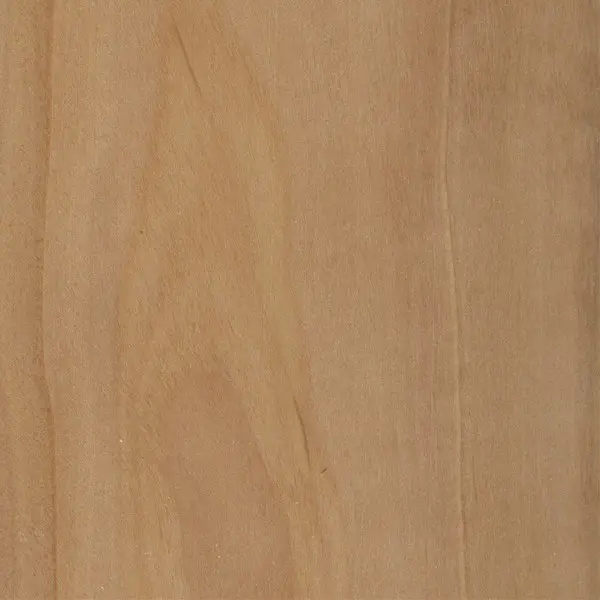
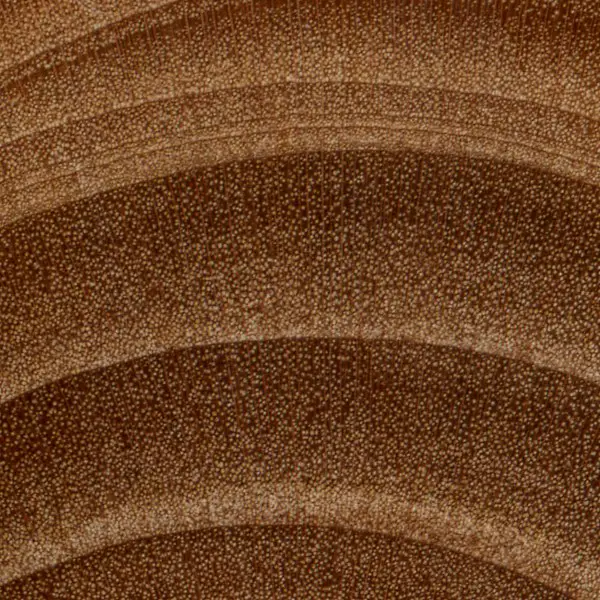
Uses of apple wood
Apple wood is not used in factories. It ends up being used because the tree is old and no longer bearing fruit, or because it gets in the way and has to be cut. But when it gets into the hands of a skilled carpenter with a love of woodworking, great things can happen. It's used to make furniture, bowls, tool tails, wind musical instruments or small decorative objects.
It carves well and can be used to make kitchen spoons. Incidentally, it is said that the best wood for such kitchen utensils is fruit tree wood because it retains a pleasant smell. The pleasant smell makes it suitable for smoking processes and it is sold in the form of wood shavings. Although it gives off heat and keeps burning for a long time, it is rarely used as firewood because it is more valuable for other projects. It only ends up on the fire if it is badly flawed or otherwise unusable.
Being very hard, it's also used to make the heads of wooden mallets, those used in carving or where a more delicate intervention is needed.
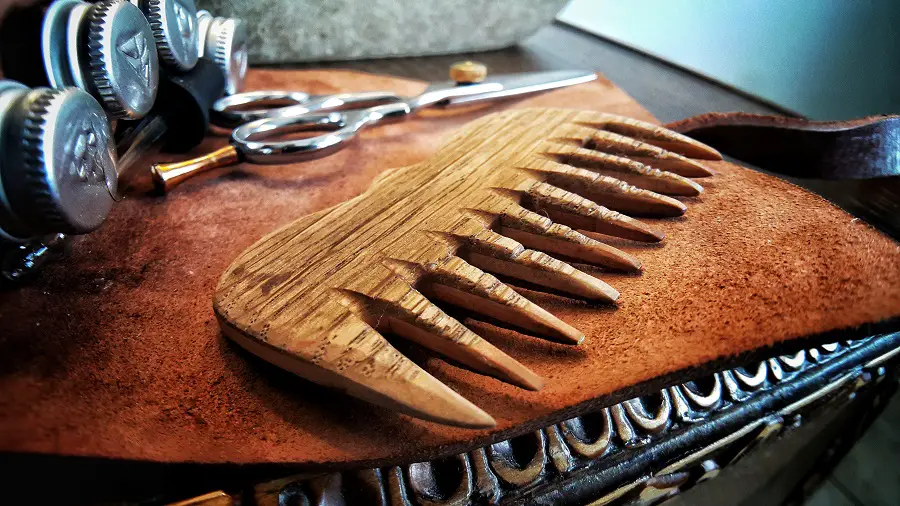
If you have used apple wood to make various objects, share your experience with us. And if you have any questions or queries, leave them below in the dedicated space. I will be sure to reply.

























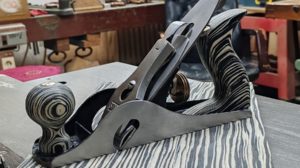
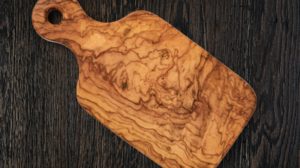
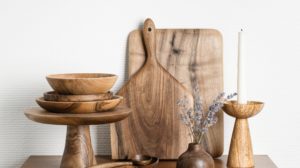
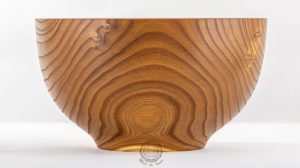
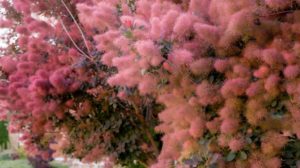

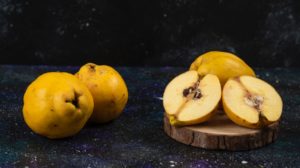
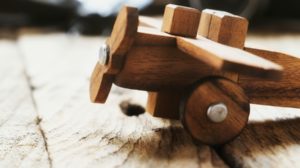



Add comment